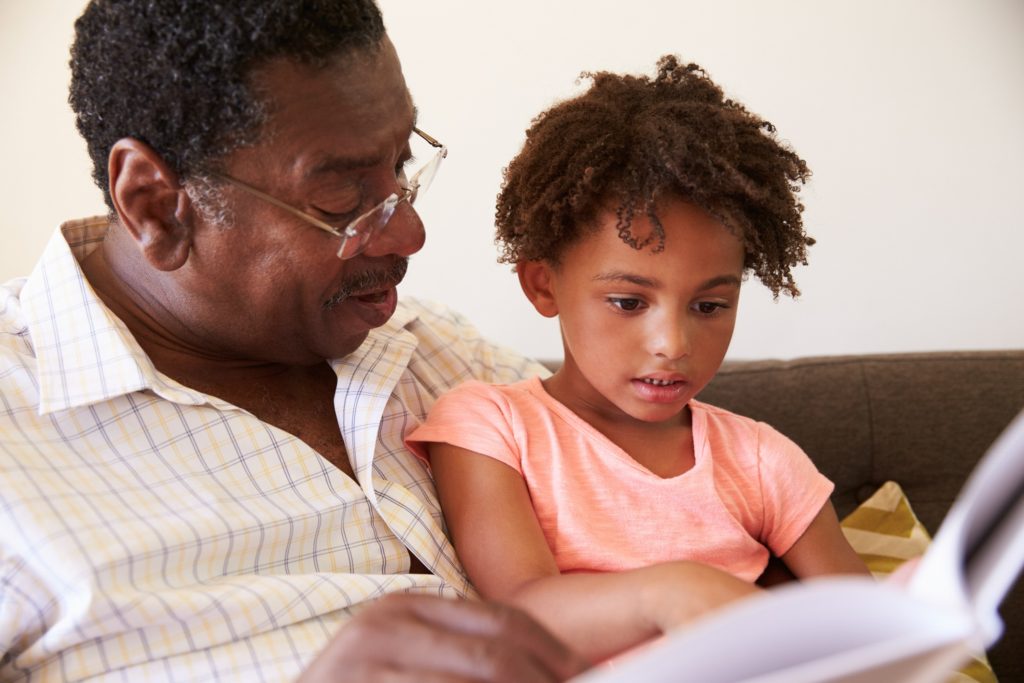States continue to put more of an emphasis on kinship care with each new study that backs the benefits of placing children in the care of relatives rather than traditional foster care. The Annie E. Casey Foundation’s Kids Count Data Center found that nationally the number of children in both formal and informal kinship care grew by nearly 100,000 between 2012 and 2015. However, while the national number continues to grow, Kentucky has witnessed a decline from nearly 55,000 children being raised by relatives in 2014 down to 53,000 just a year later.
Paula Sherlock, the chief judge in Kentucky’s Jefferson Family Court, told the Courier Journal, “Some relatives simply can’t afford to take custody of children without financial support.” As covered in our previous article, “Grandma Underground: Kentucky Parents Fight for Kinship Care Subsidy,” the impact the 2013 state budget cuts had on kinship parents which resulted in them losing their monthly subsidy. Sherlock went on to say that, “I think the loss of Kinship Care has been a definite deterrent to relative placement… For people on fixed incomes, taking in a grandchild is a serious financial issue.”
Continue reading







